This set of Pulp and Paper Multiple Choice Questions and Answers (MCQs) focuses on “Softwood Fiber”.
1. Fibers over ____________ millimetre long are most often softwood fibers.
a) 1
b) 2
c) 3
d) 4
View Answer
Explanation: Fibers over 2 millimetre long are most often softwood fibers.
2. Ray cross—field pitting in softwoods is the principal means of many ray cross field pits shows if ray tracheids are present, whether they are marginal or interspersed, and might indicate the average height of the rays.
a) True
b) False
View Answer
Explanation: Cross-field pitting referres to the pores b/w the ray parenchyma cells and the vertical tracheids. The pores b/w the ray tracheids, if the ray tracheids are present, are diff. Cross-field pitting is somewhat variable within a growth ring so it is best to consider the first two or three rows of early wood.
3. Spruce, larch, and hemlock might be able to be distinguished from each other as with true—fir and western redcedar.
a) True
b) False
View Answer
Explanation: Spruce, larch, and hemlock might not be able to be distinguished from each other as with true—fir and western redcedar. If the source of the pulp is known then regional information could be utilized.
4. Which of the following is made from Softwood fiber?
a) Letterpress
b) Magazine
c) Grocery bags
d) Novels
View Answer
Explanation: Softwood fibers from commonly utilized papermaking species such as pine, spruce, alpine fir, and Douglas fir have tracheid fibers nearly 3 millimeter long and 20 to 30 millimeter thick.
5. What is the type of the softwood fiber?
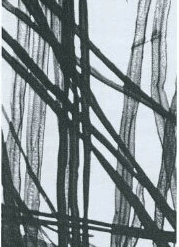
a) Douglas—fir
b) Southern pine
c) Eastern white pine
d) Sitka spruce
View Answer
Explanation: Douglas fir, with the scientific name Pseudotsuga menziesii, is an evergreen conifer species found in western North America.
6. What is the type of the softwood fiber?
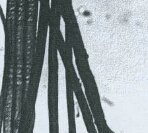
a) Douglas—fir
b) Southern pine
c) Eastern white pine
d) Sitka spruce
View Answer
Explanation: They grow very well in the acidic red clay soil found in a lot of the region. The species include Loblolly, longleaf, shortleaf, and slash pines.
7. What is the type of the softwood fiber?
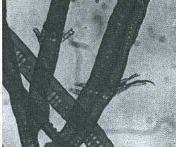
a) Douglas—fir
b) Southern pine
c) Eastern white pine
d) Sitka spruce
View Answer
Explanation: Eastern White Pine is the largest pine tree in Virginia. It grows over 100 feet. and has a straight trunk up to 4 feet. wide.
8. What is the type of the softwood fiber?
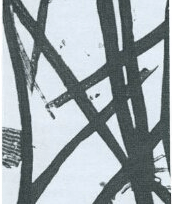
a) Douglas—fir
b) Southern pine
c) Eastern white pine
d) Sitka spruce
View Answer
Explanation: It’s a large coniferous evergreen tree growing to almost 100 meter (330 feet) tall, and with a trunk diameter at breast height that could be greater than 5 meter (16 feet).
9. What is the type of the softwood fiber?
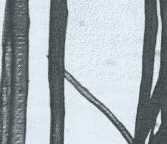
a) Douglas—fir
b) Sitka spruce
c) Western hemlock
d) Western cedar
View Answer
Explanation: It’s a species of hemlock found in the west coast of North America, with its north western limit on the Kenai Peninsula, Alaska, and its south eastern limit in northern Sonoma County.
10. What is the type of the softwood fiber?
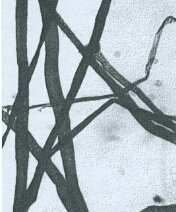
a) Douglas—fir
b) Sitka spruce
c) Western hemlock
d) Western cedar
View Answer
Explanation: Western Redcedar is a commercially crucial lumber, utilized in a number of applications ranging from rough-sawn lumber for utilize in home construction to clear quarter sawn material for classical guitar.
Sanfoundry Global Education & Learning Series – Pulp and Paper.
To practice all areas of Pulp and Paper, here is complete set of 1000+ Multiple Choice Questions and Answers.
If you find a mistake in question / option / answer, kindly take a screenshot and email to [email protected]
- Apply for Chemical Engineering Internship
- Practice Chemical Engineering MCQs
- Check Chemical Engineering Books
